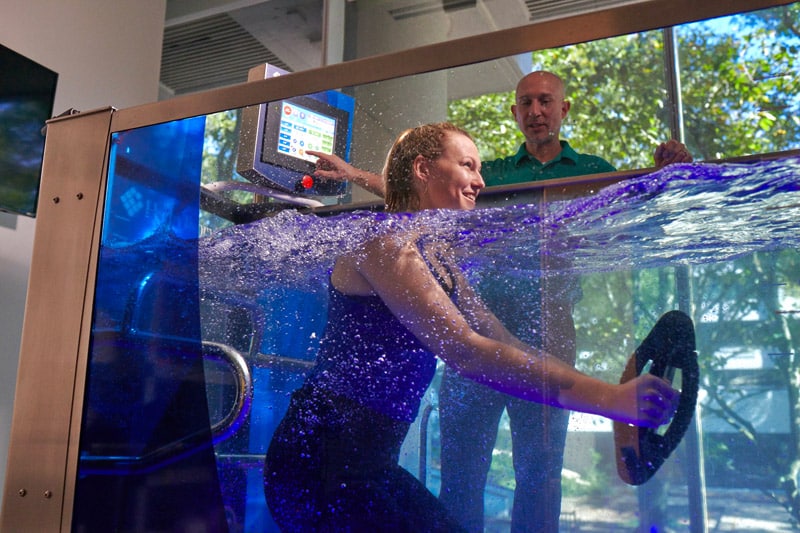
VSI Regenerative Medicine
Get back in the game with VSI Sports Medicine
Are you tired of dealing with sports-related injuries that keep you on the sidelines? Our sports medicine specialists offer customized care and treatment plans tailored to get you back in the game faster. Our team of experienced physicians and physical therapists are dedicated to helping you recover and prevent future injuries, allowing you to perform at your best. Don’t let pain and limitations hold you back from pursuing your athletic goals – schedule an appointment with us today and take the first step towards a healthier, stronger you.

Discover the Benefits of Sports Medicine
Sports medicine offers numerous benefits to athletes and active individuals. These benefits include:
- Specialized care and treatment plans for sports-related injuries
- Personalized rehabilitation programs focused on optimizing performance and preventing future injuries
- Access to experienced physicians and therapists with expertise in sports injuries
- Support and guidance in achieving peak physical condition to excel in sports and other physical activities
Additionally, sports medicine can help athletes enhance their overall health and well-being through customized training programs, nutritional guidance, and injury prevention strategies.
Regenerative Medicine in Sports Medicine
Regenerative medicine in sports medicine involves cutting-edge treatments and therapies that harness the body’s natural healing mechanisms to repair and regenerate damaged tissues. This innovative approach can offer athletes faster and more effective recovery from injuries, including tendon and ligament damage or joint degeneration.
Regenerative medicine techniques, such as platelet-rich plasma (PRP), stem cell therapy, and prolotherapy, can stimulate the body’s own healing processes, promoting tissue repair and reducing pain and inflammation. By utilizing regenerative medicine alongside traditional sports medicine practices, athletes can potentially experience accelerated healing and improved outcomes, allowing them to return to peak performance levels faster and with reduced risk of reinjury.




